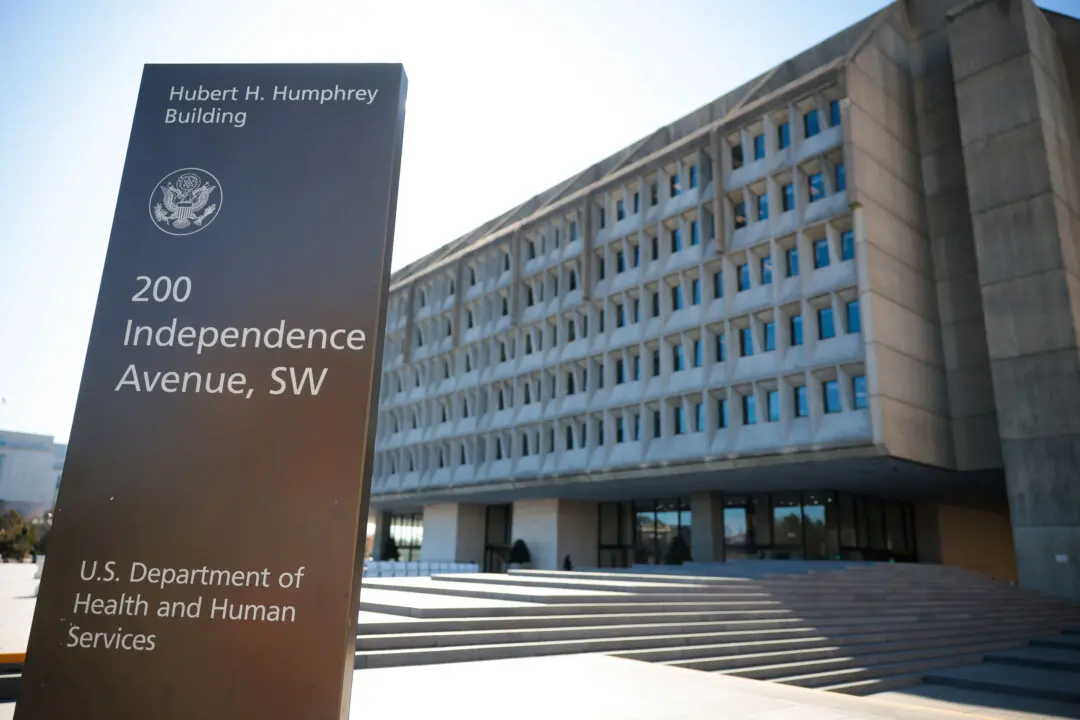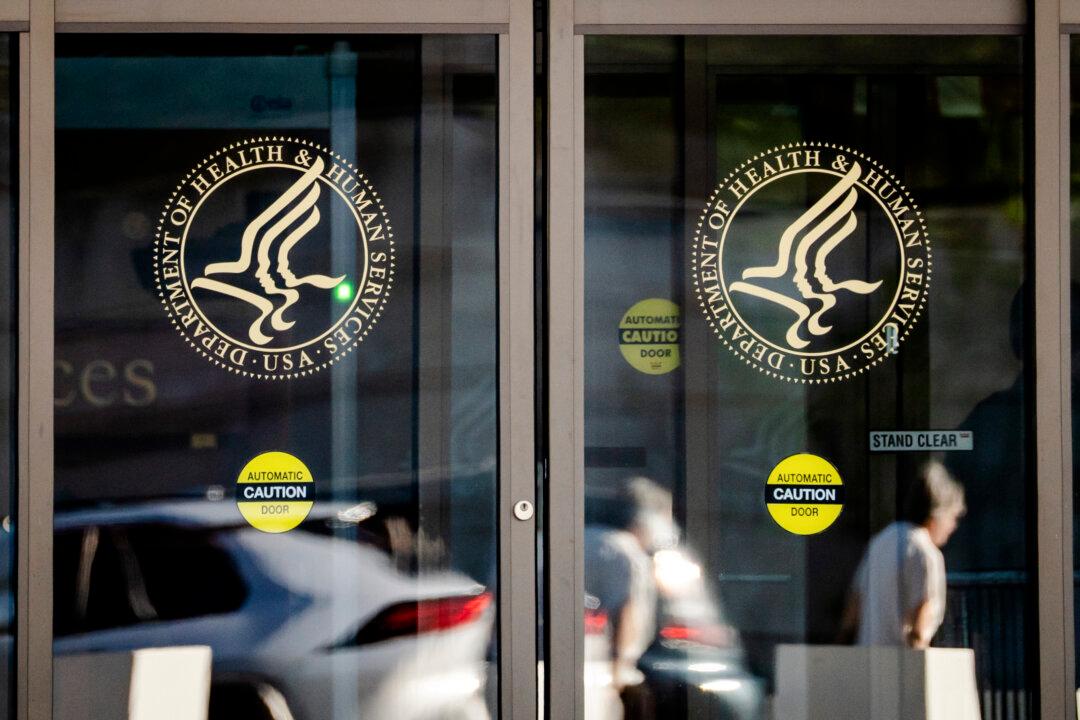Gas prices hit a nationwide average of $3.08 per gallon on Monday, driven by the cost of crude oil.
Crude oil passed $70 a barrel, the highest price since October 2018, according to the American Automobile Association (AAA). Price per barrel has jumped $23 per barrel since January.





